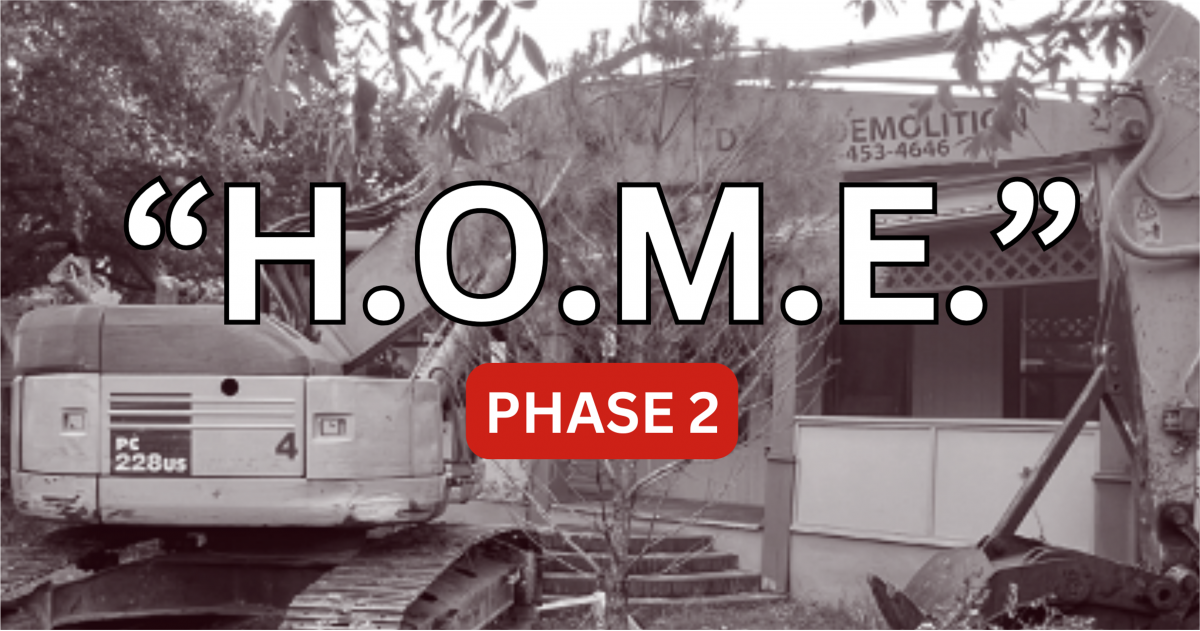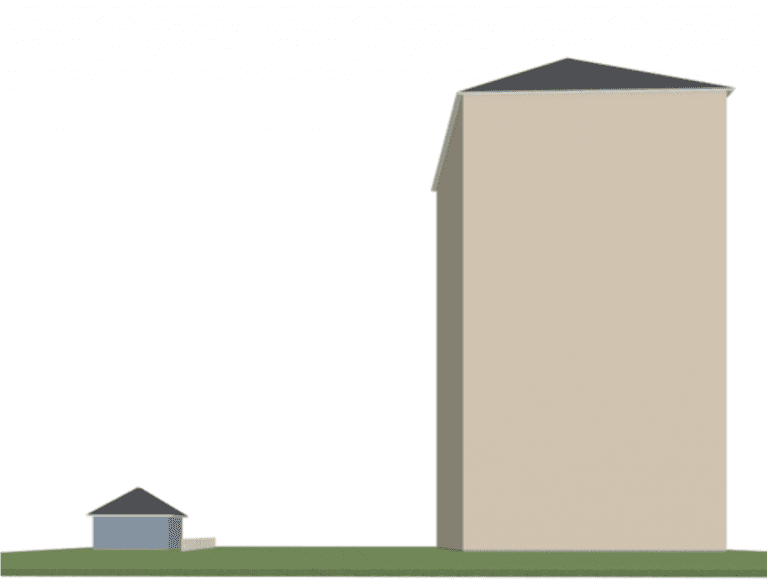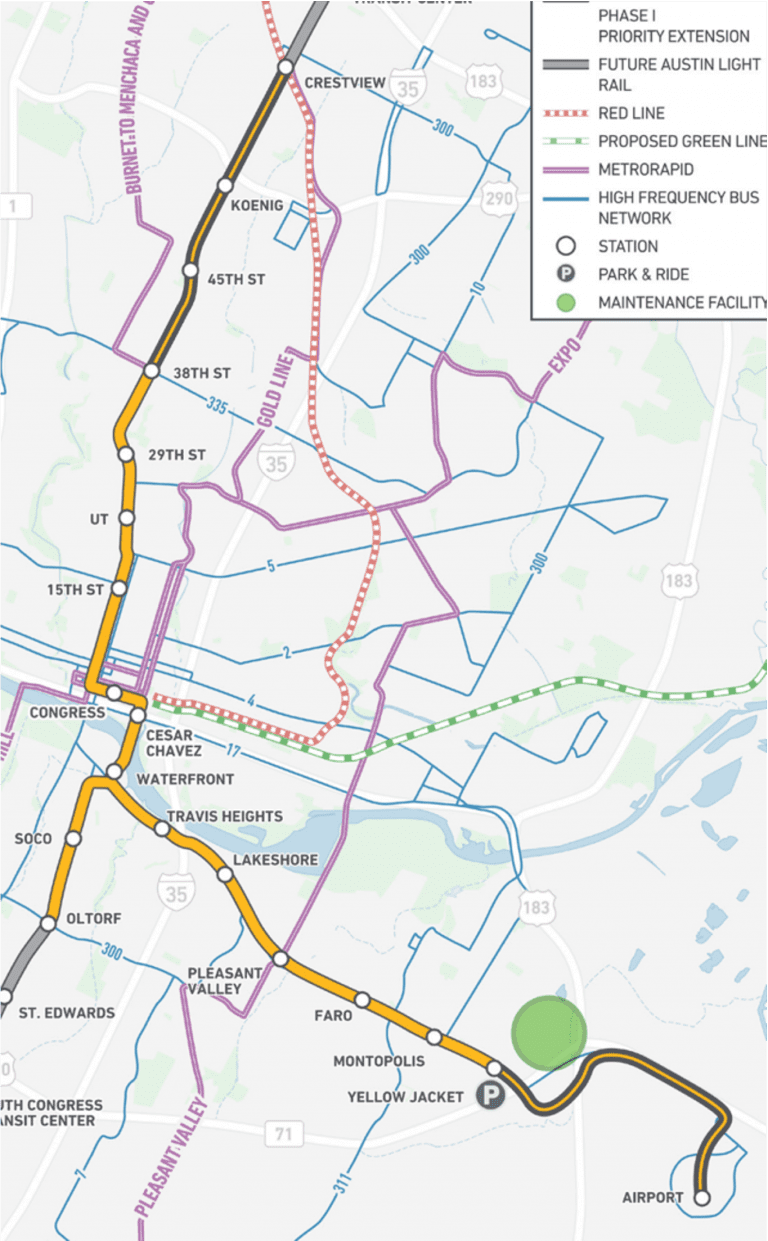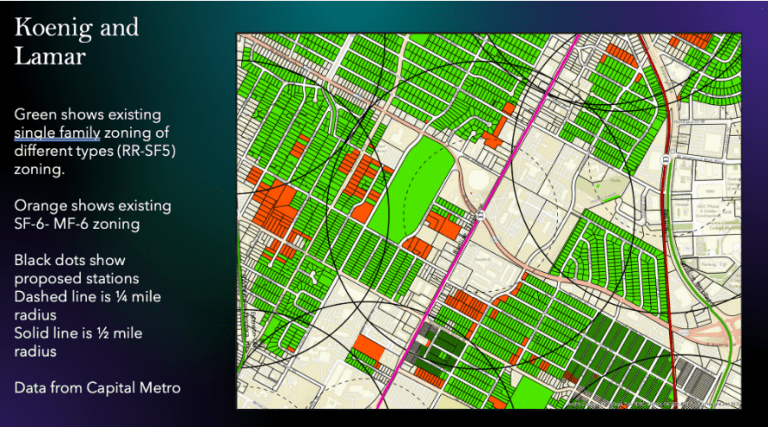
KEY POINTS:
- In December 2023, the Austin City Council passed Phase 1 of its controversial “H.O.M.E.” rezoning and redevelopment ordinance
- Phase 1 authorizes three dwelling units per lot, expands the use of short-term rentals (STRs), allows structures far larger than the existing “McMansion” ordinance, and more
- The next phase will further densify existing neighborhoods, and details will be revealed by the city council in April
Led by Austin Mayor Kirk Watson, our city council passed Phase 1 of its so-called its so-called “H.O.M.E.” rezoning and redevelopment ordinance on December 7 of last year, with Alison Alter and Mackenzie Kelly voting against it.
Land Code Changes Passed in 2023 (“H.O.M.E” Phase 1)
More Dwelling Units on Single-Family Lots
Three dwelling units per lot are now authorized in single-family districts SF-1, SF-2, and SF-3. An 11,500 square foot lot zoned SF-2 or SF-3 can now have six units without a zoning change, with a re-subdivision into two lots. If you don’t know your property’s current zoning designation, you can find it by entering your address here.
More Cars on Your Street
If more than one unit is being built on the lot it can be 15 feet from the street, with up to four parking spaces in the front yard. Mayor Watson’s council eliminated minimum parking requirements earlier in 2023, so all other parking may be on the street.
More Short-Term Rentals (STRs)
For a duplex or two-unit build, one unit can be used as an STR. For three units, there are no restrictions on short-term rentals.
Loss of “McMansion” Protections
Floor area ratio (FAR) regulates the cumulative size of structures on a site, and Phase 1 of “H.O.M.E” increases FAR as additional units are added. If all or part of an existing dwelling unit is preserved, the new units are exempted from the limits. The previous “McMansion” rules, limited FAR to .4, meaning a 4,000-square-foot house was allowed on a 10,000 square foot lot. Under Phase 1 of “H.O.M.E.”, a landowner or developer can build 10,000 square feet of units on a 10,000-square-foot lot if the existing unit is preserved.
Loss of Occupancy Limits
Local housing occupancy limits are removed, overriding previous rules limiting occupants to four unrelated people or fewer.
Land Code Changes Proposed for 2024 (“H.O.M.E” Phase 2)
Reduction in Minimum Lot Sizes
Having established the right to build three units per lot in Phase 1, the city council plans to reduce minimum lot sizes from 5,750 feet in SF-2 and SF-3 zones during Phase 2. It also plans to reduce the 10,000-square-foot-lot limit in SF-1 to a much smaller size (perhaps as small as 2,500 square feet) and allow existing single-family lots to be subdivided into multiple lots. According to the council’s Housing and Planning Committee, the planned ordinance will “adjust setbacks, height, and impervious cover for single-family zoning to allow more units on smaller lots.” After lot subdivision, the net effect will be as many as nine or more units on existing lots depending on current size.
Extreme Changes to Compatibility Standards
The city plans to reduce compatibility standards to only regulate building height for the first 75 linear feet from a single family home. The following illustration shows the reduced compatibility to scale:
Project Connect ETOD Overlays
Early this year, the City of Austin plans on moving forward with its so-called “Equitable Transit Oriented District” (ETOD) overlay on the Phase 1 and priority extensions. This would apply with a half-mile of the rail lines (see transit map below). Modifications would prohibit certain non-transit supportive uses and would apply a density bonus program that would allow up to 60 feet of additional height in commercial zones and certain multifamily zones within a half-mile. It will potentially supercede Neighborhood Conservation Combining District (NCCD) regulations for commercial and multifamily developments.
The following map shows the potential impact of the ETOD plan on single-family neighborhoods near the intersection of Koenig Lane and Lamar Boulevard. If the proposal is approved, this and similar neighborhoods could be obliterated by high-density commercial and mixed-use developments, many of which would be aimed at the luxury market. Properties within the solid-line circles could be granted 60 feet of additional height over existing zoning regulations.
Coming Next: More on the Growth of Short-Term Rentals (STRs) Under “H.O.M.E”
Next, Community Not Commodity will take a deeper dive into connections between the “H.O.M.E” plan the owners and developers of short-term rentals—and provide more info on how the number of STRs could explode if the full ordinance passes. Stay tuned!


